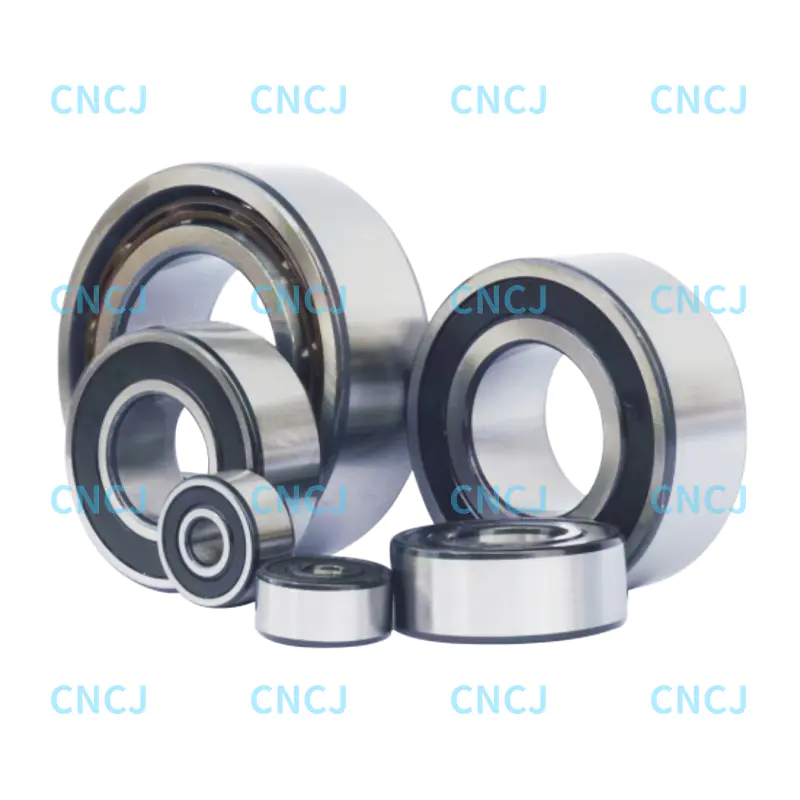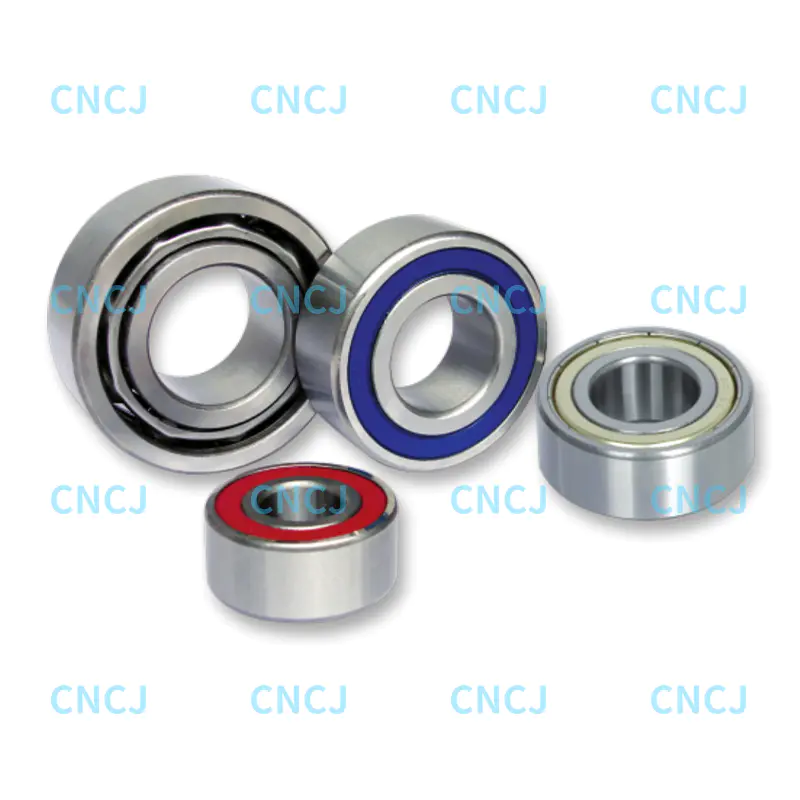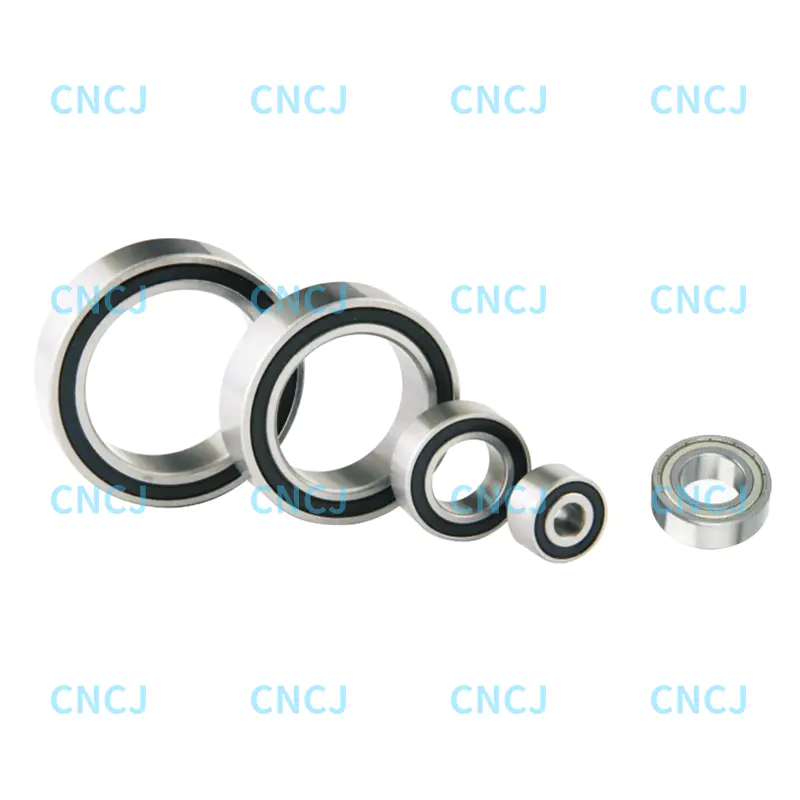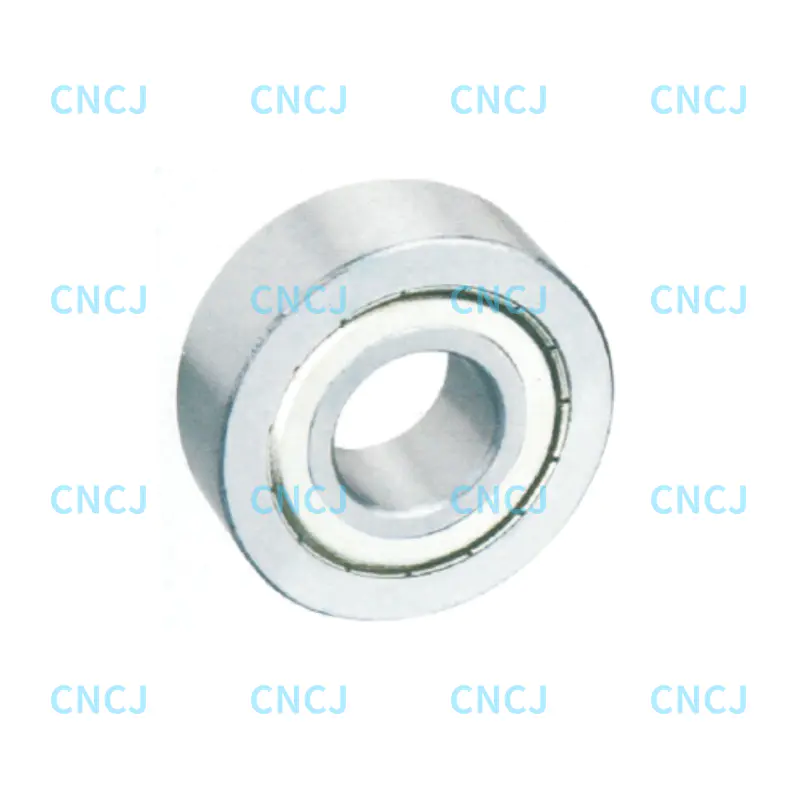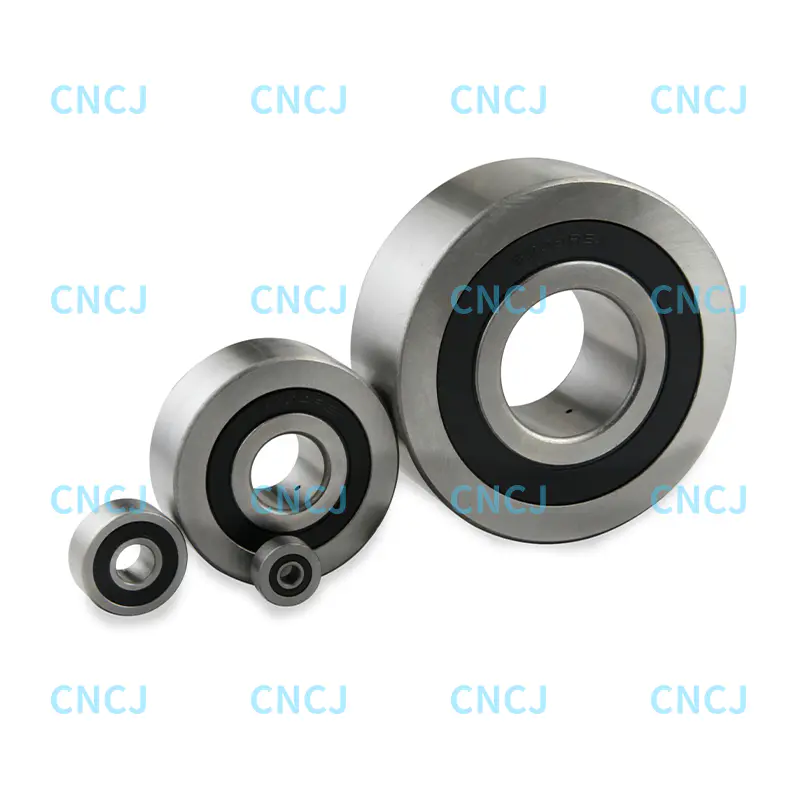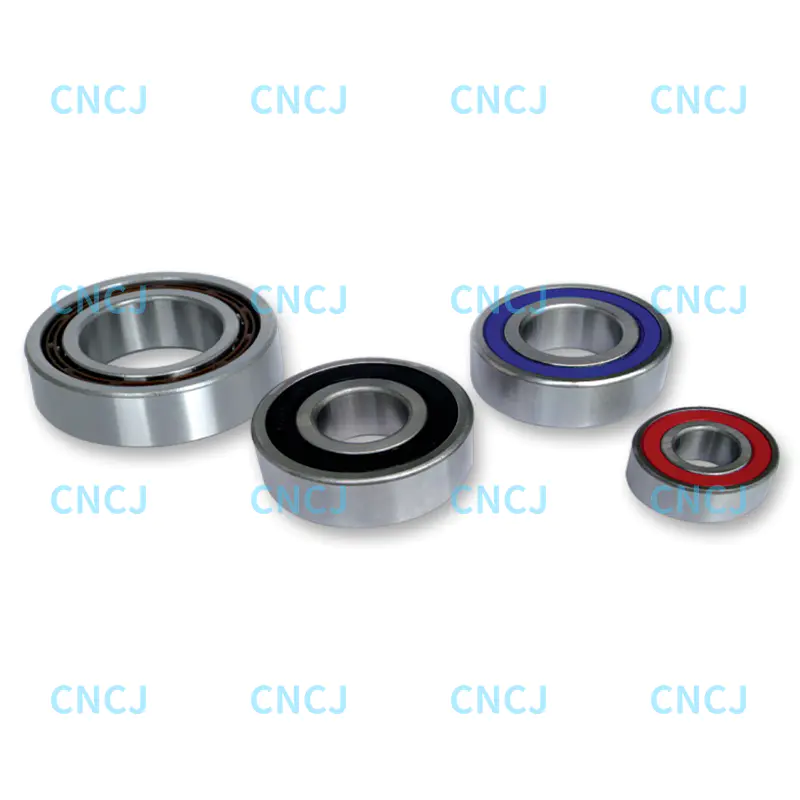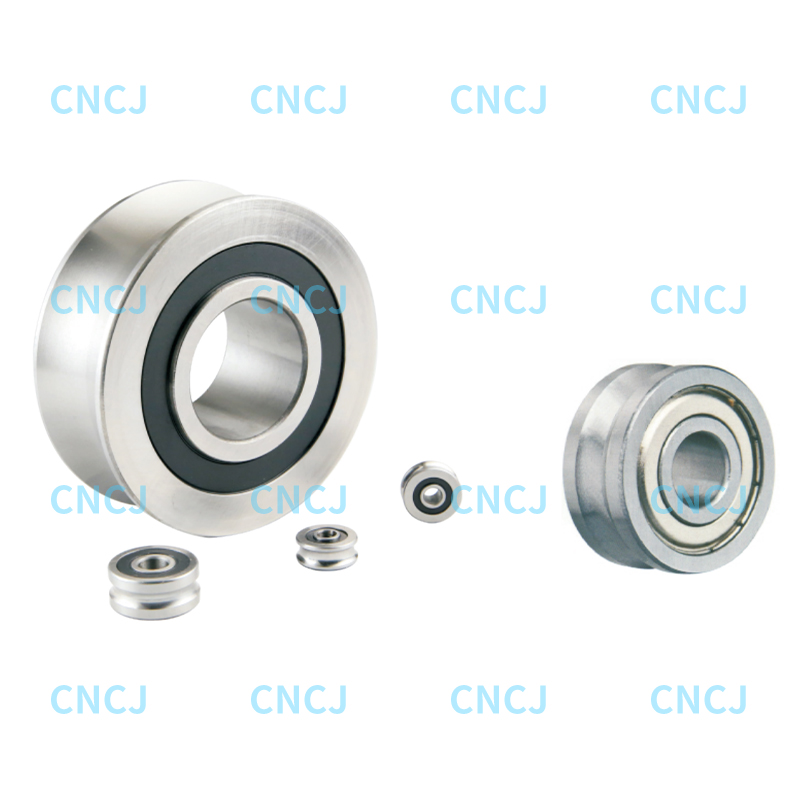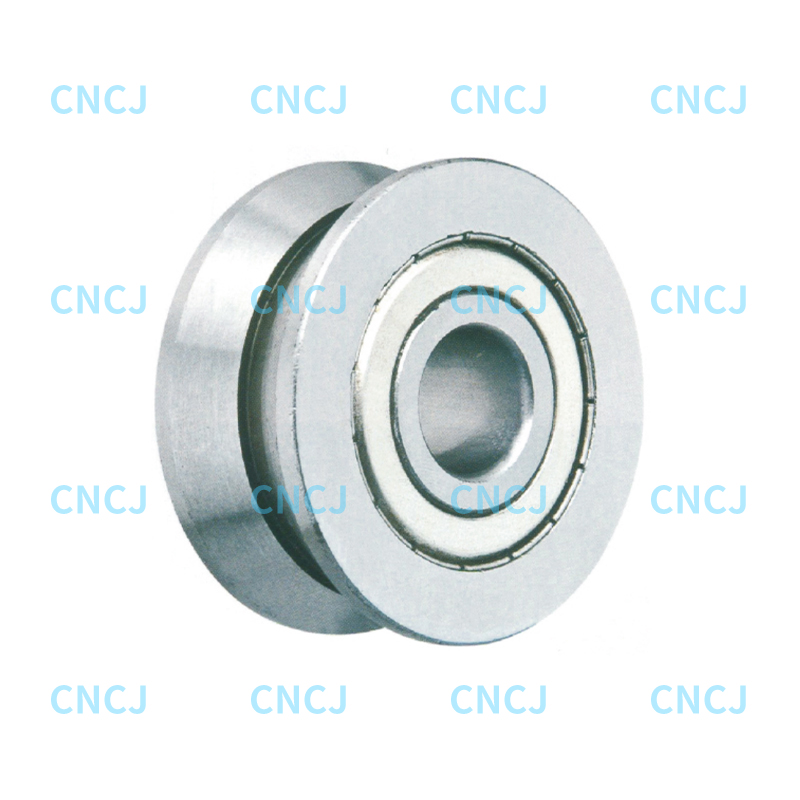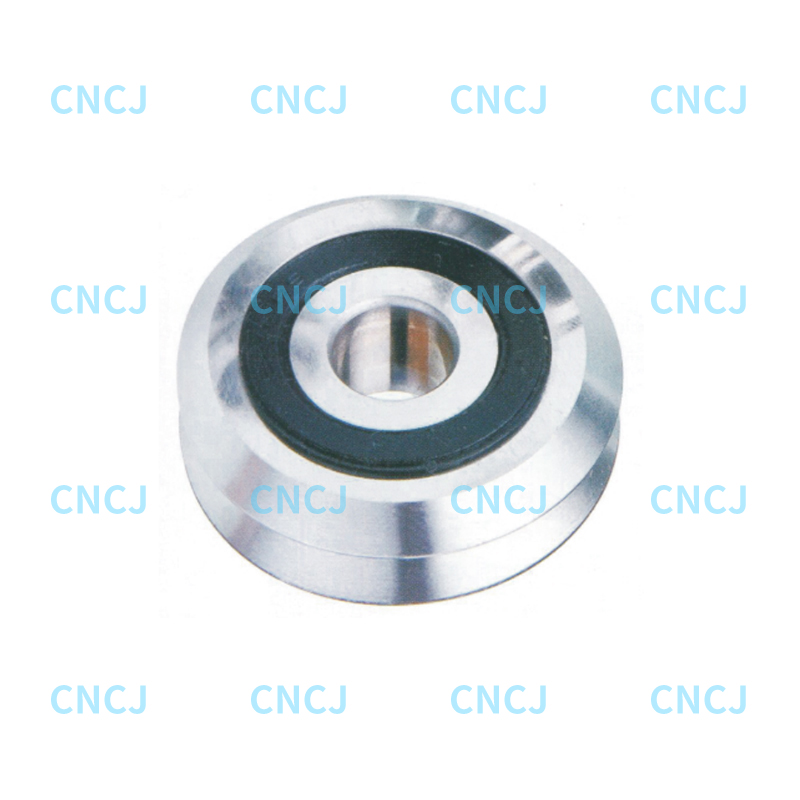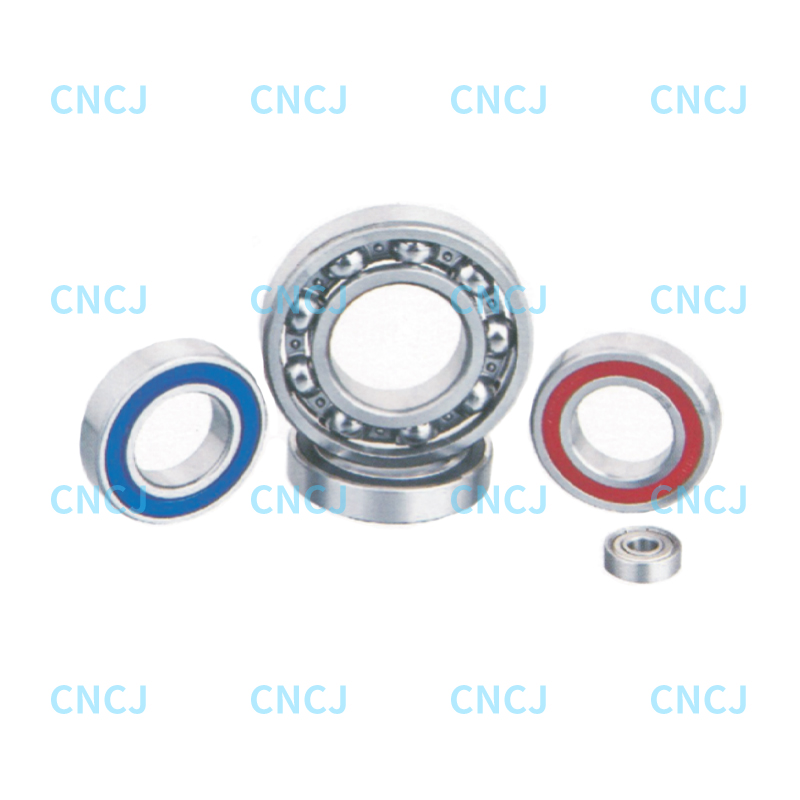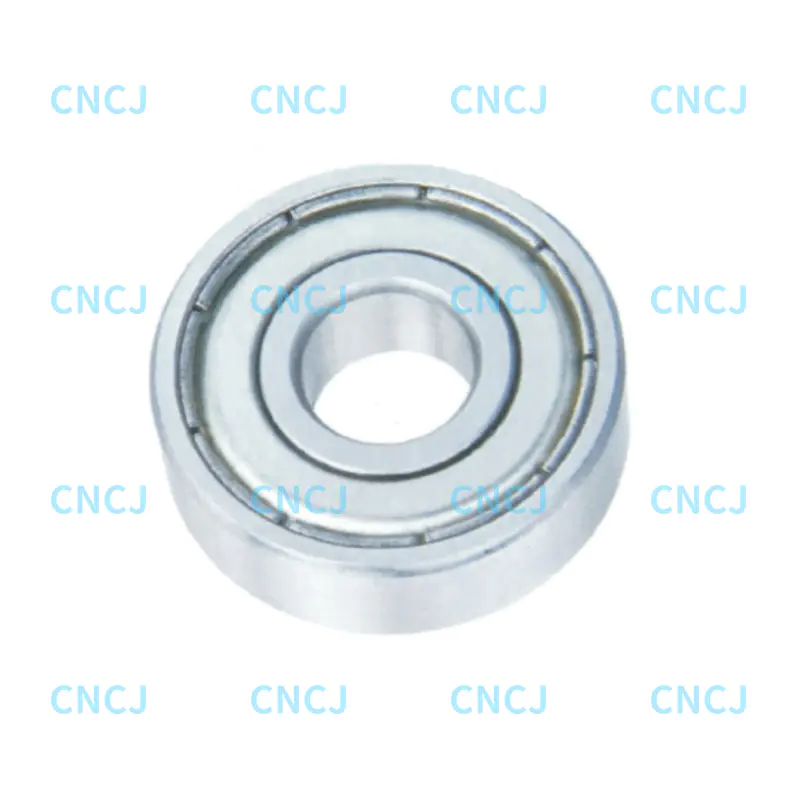Why Is Speed Rating a Core Factor in 3802 Bearing Selection?
3802 bearings are widely used in small to medium-sized machinery (such as electric motors, small pumps, and precision instruments), where rotational speed directly affects their service life and safety. A bearing’s speed rating refers to the maximum rotational speed it can maintain stably under specified working conditions (including load, temperature, and lubrication). Exceeding this rating will cause excessive friction between the bearing’s inner/outer rings and rolling elements, leading to rapid lubricant degradation, metal overheating, and even premature failure (such as cage damage or rolling element wear). Therefore, matching the 3802 bearing’s speed rating to the actual operating speed of the equipment is the first step in ensuring reliable operation.
How to Match 3802 Bearing Speed Ratings to Equipment Needs?
What Is the Typical Speed Range of 3802 Bearings?
Most standard 3802 bearings (e.g., deep groove ball bearings, the common type for 3802 models) have a basic speed rating (designated as “N” in bearing standards) ranging from 8,000 to 12,000 RPM (revolutions per minute) under light radial loads (usually 10-20% of the bearing’s dynamic load rating). However, this range varies by bearing structure: for example, 3802 bearings with a open design (no seals) may have a slightly higher speed rating (up to 13,000 RPM) than sealed variants, as seals create minimal additional friction. It’s important to note that the speed rating provided by manufacturers is based on ideal conditions (clean environment, proper grease lubrication, and no external shocks), so real-world application speeds should generally be 80-90% of the rated value to leave a safety margin.
How to Adjust for Load and Temperature When Considering Speed?
Does Load Affect 3802 Bearing Speed Capacity?
Yes, load is a key factor that reduces a bearing’s effective speed rating. The 3802 bearing’s speed capacity decreases as the applied load (especially radial load) increases—this is because higher loads increase the contact pressure between the rolling elements and raceways, generating more friction and heat. For example, if a 3802 bearing with a rated speed of 10,000 RPM is subjected to a radial load equal to 50% of its dynamic load rating, its actual maximum safe speed may drop to 7,000-8,000 RPM. To avoid this, calculate the equipment’s actual load first (using manufacturer-provided load data or mechanical design software) and then select a 3802 bearing with a speed rating that can accommodate the reduced capacity under that load.
How Does Temperature Impact Speed Selection?
High operating temperatures (above 60°C/140°F) also degrade the 3802 bearing’s speed performance. Elevated temperatures cause lubricating grease to thin or oxidize, reducing its ability to reduce friction, while also weakening the bearing’s material strength. For every 15-20°C increase in temperature above the ideal range (20-40°C), the bearing’s effective speed rating may decrease by 10-15%. For example, in a high-temperature application (e.g., a small motor used in a heating environment) where the operating temperature reaches 80°C, a 3802 bearing with a standard speed rating of 10,000 RPM would only be safe to use at 7,000-7,500 RPM. In such cases, either select a 3802 bearing with a higher speed rating (to compensate for the temperature loss) or use high-temperature-resistant lubricants (e.g., synthetic grease) to mitigate the speed reduction.
Why Is Seal Type Critical for 3802 Bearing Selection?
The seal type of a 3802 bearing directly affects its protection against contamination (such as dust, dirt, and moisture) and the retention of lubricant—both of which are essential for maintaining durability and performance. Without proper sealing, contaminants can enter the bearing’s internal structure, causing abrasive wear on rolling elements and raceways; at the same time, lubricant can leak out, leading to dry friction and overheating. For 3802 bearings used in different environments (e.g., dusty workshops, humid outdoor equipment, or clean precision instruments), choosing the right seal type is as important as matching the speed rating.
How to Choose the Right Seal Type for 3802 Bearings?
What Are the Common Seal Types for 3802 Bearings?
Contact Seals (e.g., Rubber Lip Seals: Designated as “2RS” or “RS” for 3802 Bearings)
Contact seals use a flexible rubber lip that presses tightly against the bearing’s inner ring, creating a physical barrier against contaminants. Their key advantages include:
High contamination resistance: They block up to 90% of dust, water droplets, and small particles, making them ideal for 3802 bearings used in dusty (e.g., woodworking machinery) or humid (e.g., outdoor water pumps) environments.
Excellent lubricant retention: The tight seal prevents grease leakage, extending the bearing’s maintenance interval (often up to 2-3 years in low-load applications).
However, contact seals have limitations: the rubber lip creates slight friction, which reduces the bearing’s speed rating by 5-10% compared to open bearings. They also may wear out faster in high-speed applications (above 9,000 RPM), as the lip rubs against the inner ring continuously.
Non-Contact Seals (e.g., Labyrinth Seals: Designated as “ZZ” or “2Z” for 3802 Bearings)
Non-contact seals consist of a metal shield (or plastic labyrinth structure) that creates a narrow gap between the bearing’s inner and outer rings, rather than touching the inner ring. Their main benefits are:
Minimal friction: Since there’s no physical contact, they don’t reduce the bearing’s speed rating—making them perfect for high-speed 3802 applications (e.g., small electric fans or precision spindle motors) where speed is a priority.
Long service life: The metal shield is wear-resistant and won’t degrade over time, even in continuous high-speed operation.
The downside is lower contamination resistance: the gap between the shield and inner ring can allow fine dust or mist to enter, so non-contact seals are best suited for clean, dry environments (e.g., indoor electrical equipment or office machinery).
Hybrid Seals (e.g., Rubber Lip + Metal Shield: Designated as “RSZ” for 3802 Bearings)
Hybrid seals combine a non-contact metal shield with a lightweight contact rubber lip, balancing speed performance and contamination protection. They offer:
Moderate friction: The rubber lip is softer than standard contact seals, reducing speed loss to 3-5%—suitable for applications where speed and protection are both needed (e.g., small power tools).
Versatile protection: They block most dust and moisture while retaining lubricant, making them adaptable to semi-harsh environments (e.g., garage equipment or light industrial machinery).
The main limitation is higher cost compared to basic contact or non-contact seals, but this is often justified for applications with variable operating conditions.
How to Match Seal Type to 3802 Bearing Application Environments?
Clean, high-speed environments (e.g., precision motors, small fans): Choose non-contact (ZZ/2Z) seals to maximize speed and avoid friction-related issues.
Dusty/humid environments (e.g., outdoor pumps, construction tools): Opt for contact (2RS/RS) seals to prevent contamination and lubricant leakage.
Mixed environments (e.g., power tools, semi-industrial machinery): Select hybrid (RSZ) seals for a balance of speed and protection.
Extreme environments (e.g., high-temperature ovens or chemical equipment): Look for 3802 bearings with specialized seals to ensure durability.

 English
English 中文简体
中文简体 Deutsch
Deutsch Español
Español